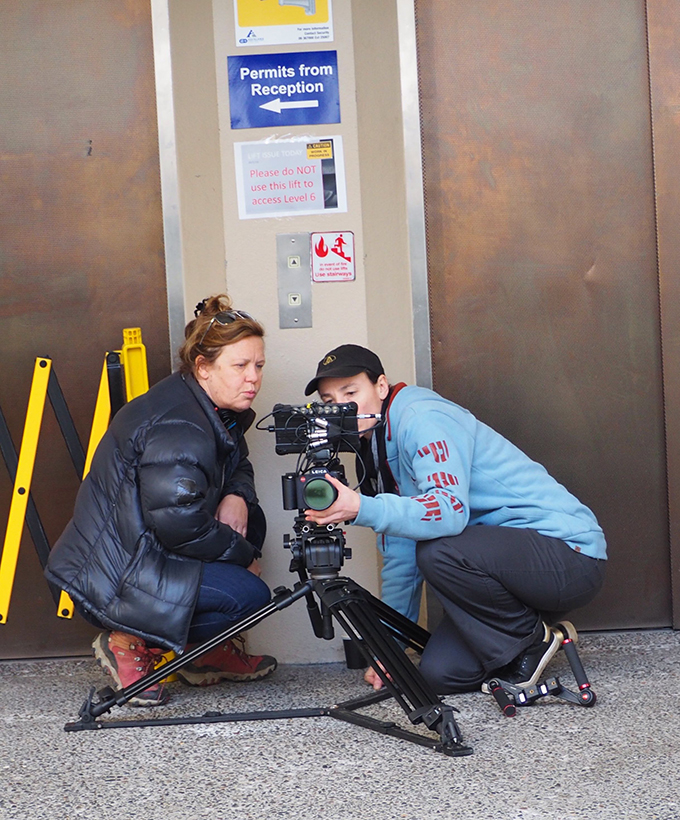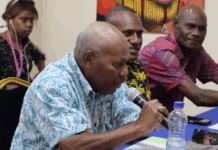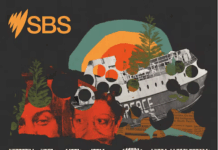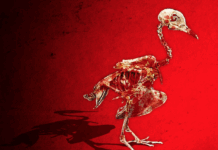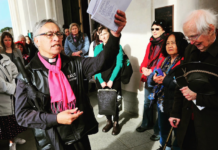An interview with filmmaker Anna Marbrook on the making of Loimata. Video: Tagata Pasifika/Sunpix
DOCUMENTARY: By Sri Krishnamurthi, who talks to Jim Marbrook about the making of Loimata – The Sweetest Tears.
Loimata isn’t just a true story of one of the Pacific’s great waka builders and sailors that has been captured in a stirring and visually gripping and poignant documentary.
It is also about the friendship between the aiga (family) of Ema Siope, a Samoan-born Kiwi and master waka builder and the palagi (pākehā) Marbrook family that they took into their hearts and made a magical documentary – that is relevant in this 21st century New Zealand.
Anna Marbrook, who has directed more than 150 episodes of Shortland Street and made documentaries focused on Pacific themes such Te Mana o te Moana – The Pacific Voyagers, and reality series Waka Warriors brings to life the tale of waka builder and captain Lilo Ema Siope who died in 2018 from cancer.
READ MORE: Loimata – Why this Kiwi doco will move you in ways you might not see coming
It is brave realistic tale of tragedy and redemption and the return of the Siope family to Samoa and what it meant to Ema captured with gentleness, tears and laughter by Siope’s friend Anna Marbrook.

The documentary also caught the full attention of Jim Marbrook, a senior film lecturer at Auckland University of Technology (AUT) and himself a documentary maker including feature-length documentaries on speed chess maestros (2003 award-winner Dark Horse), psychiatric hospitals (Mental Notes) and environmental issues in New Caledonia (Cap Bocage).
“It was an idea of me talking about the idea making a family project, a family making a film about a family,” says Jim Marbrook about the documentary and the two families that become intertwined like the strands of a seafarer’s rope.
There is little doubt that the ties that bind Pacific families is very difficult to break into, particularly for outsiders and that this palagi Marbrook family managed to do just that was what makes this documentary that little bit extra magical because they give you the rare insight into the Siope family.
The ties binding two families
“So Anna and I have both known the Siope family for years, I have known the family for six years and Anna has known the family for the same number of years,” explains Jim, who is also a research associate and advisory board member of AUT’s Pacific Media Centre.
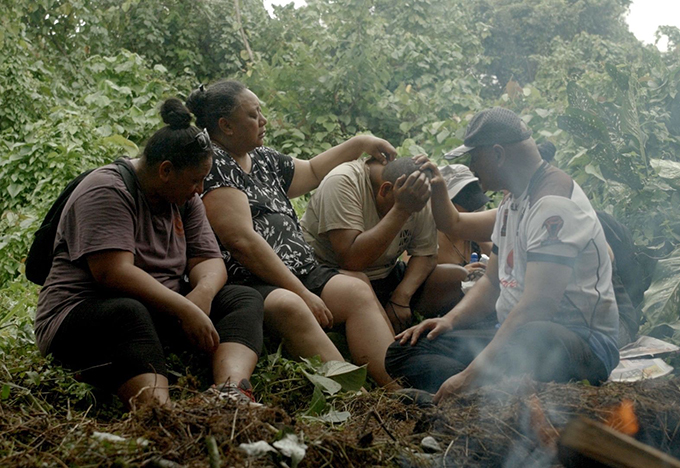
“We both knew them from different contacts; Anna knew Ema and I knew Fetaui and his son Joshua, and he is currently a master’s student at AUT, so we both knew the family pretty well,” Jim says of the ties that bind the two families.
“So we both knew the family were pretty special so it was obvious to me that this was a very interesting family.
“But I hadn’t met Ema until Anna introduced me, so Anna and Ema decided to start doing the movie and Ema asked me to come on board.
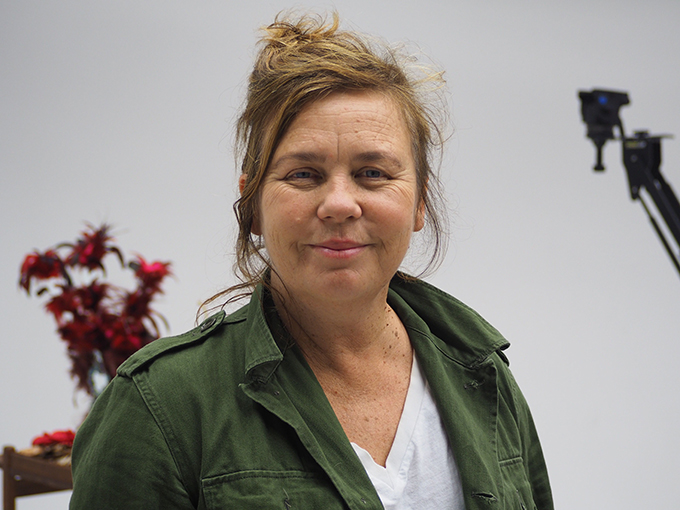
“I’ve done a lot of work before on mental health and mental health films and about communities who were suffering trauma.
“I was a bit hesitant about diving into such a deep and personal story; the moment I met Ema and she asked me on board …I thought she was a pretty interesting woman,” he says wistfully.
But what is it that made it so personal for him?
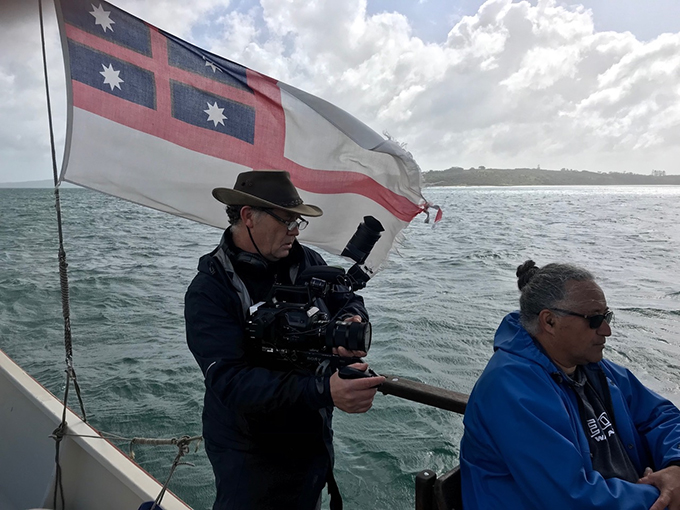
Films that offer solutions
“I’m a really big believer in doing films that offer solutions,” he says.
“Personally, all of my work has been about people who are proactive and seeking change.
“I guess my personal ethos as a documentary maker is, can I make a film that encourages change, can I present the public that helps them understand difficult situations and provides them not only the portrait of a really interesting person but a way out of that situation,” he says.
“When I heard Ema’s story I realised that here was a person who had used identification with waka culture, with tradition and navigation to change her world view, to get out of a situation where she did live some very difficult times in her youth and those times involved abuse,” he says thoughtfully.
“So, the moment I met Ema and the moment I understood what the story was about I realised, ‘hey this is a film that has the potential to encourage people to grow and change’.”
But the puzzling thing, I suppose, was how the aiga came to accept the Marbrooks as part of the larger family.
“I think both Anna and I have worked in all sorts of multicultural communities, so firstly I think we’ve developed a way of working alongside people. I think the very idea of working alongside each other was important.” he says.
“And I think if we hadn’t known the family for so long that work would have been impossible.
‘They kind of came to us’
“The fact is we didn’t come in and pitch the film to them. They kind of came to us and Ema came to Anna and then Ema came to me. That makes a huge difference in terms of the way you’re planning a project that becomes a partnership,” he says with a finality on the subject.
And how was Ema Siope as a person?
Here was a six-foot person, twice as strong as a man and an Amazon.
She was gender fluid and she was someone who knew what she wanted, and people followed her like the captain she was.
He recalls the time when he with camera in hand tried to keep up with her in Samoa.
“When we went to Samoa she was in a quite a bit of pain but there she was, picking up a machete in one hand and hibiscus flower in the other, chopping her way through the undergrowth and that was classic Ema.”
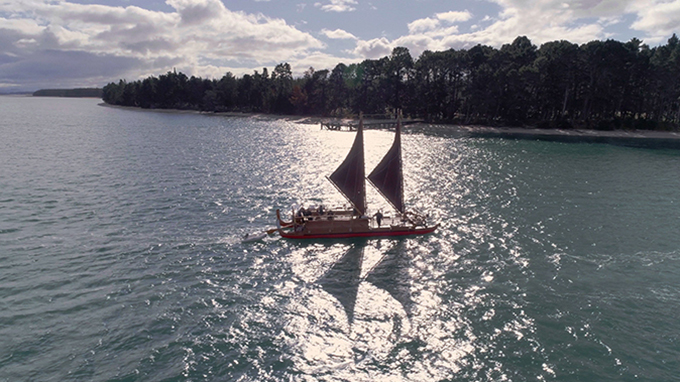
It is the redemptive tale of the waka builder and skipper Ema Siope’s final years, the stunning Loimata – The Sweetest Tears is a chronicle of journeys – journeys of migration, spirituality, voyaging, healing and coming home.
Confronting intergenerational trauma
Confronting intergenerational trauma head on, the Siope family returns to their homeland of Sāmoa.
For Ema’s father, this is his first time back to his birthplace since leaving in 1959. The result is a poignant yet tender story of a family’s unconditional love for each other, and a commitment to becoming whole again.
Ema was born and raised in South Auckland as a child of Samoan migrants. She captained both the Haunui Waka Hourua and Aotearoa One, both of which belong to the great waka master Hoturoa Barclay-Kerr.
Ema’s key role in the revival of voyaging saw her become an important mentor for future generations of voyagers
Jim Marbrook has only one wish – that everyone of Samoan heritage and the whole of New Zealand turns out to watch it.
- Loimata – The Sweetest Tears is having its world premiere in cinema in the Whanau Marama/New Zealand International Film Festival at ASB Waterfront Theatre in Auckland, on Saturday, July 25, at 7.00pm. It will then screen in select cinemas and venues across the country. It has already sold out for its first screenings in Auckland and Wellington. It will also play as part of the hybrid online festival, from August 2-8.
